In keeping with this category, highlighting the dynamic balance between the Rational and Natural worlds, Geometric Form/Organic Matrix captures one specific method of achieving this balance. In this theme, a purely geometric form, often based on a primitive such as a cube or rectangle, defines an absolute outer boundary volume. Then a cellular matrix of internal structures fills in the interior void. The effect suggests that a natural cellular volume has been sliced and defined by an imposed outer geometry. Most famously used recently in the Water Cube stadium in Beijing, this theme has also been present throughout time: a lathed wooden bowl showing the interior wood grain structure expresses the same balance of rational and natural: an outer form controlled by the human mind, exposing the inherent structure of the natural material. To date, this technique has been primarily used in Architecture and Furniture, with some inroads into the Product category. Also, this trend is highly related to Organic Forms/Geometric Matrix, which inverts the relationship between form and interior structure.

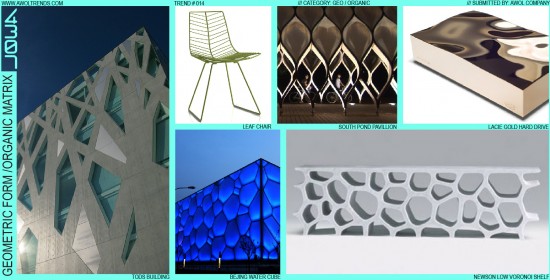

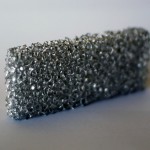
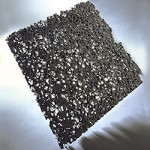
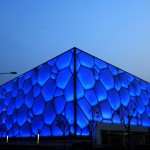



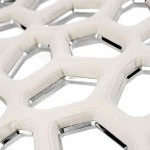
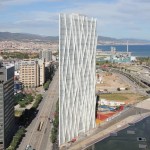


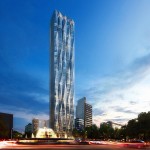
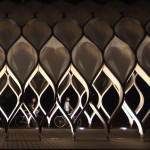
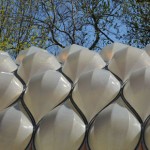

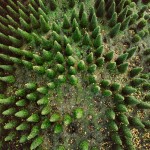
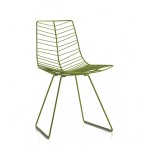



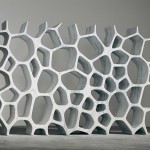
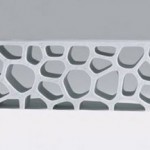

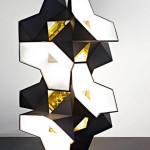
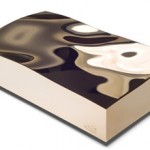
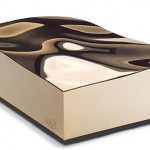
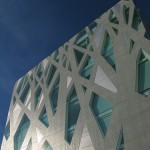
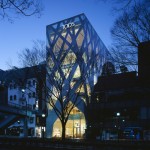
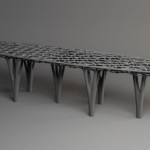
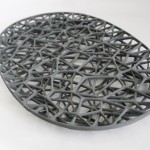
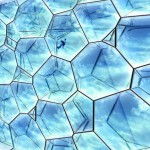
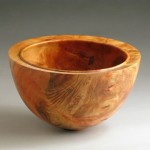
I’m curious if you see any relation between this identified trend of Geometric Form/Organic Matrix and what I’m sensing as an emergence of mathematically-derived / computationally-generated forms (e.g. Grasshopper: see http://www.grasshopper3d.com/photo/photo/listFeatured)? How long before products / buildings / cars design themselves?
Great connection, Joe. The grasshopper-type forms you linked to are really replicating the rigid cellular structures found in the natural world, such as the those found within bones and leaves. That kind of rigid structural lattice is extremely hard to replicate with traditional manufacturing techniques like molding or machining. Instead, those structures prefer to be “grown”, whether biologically or using an RP machine. So there is a definite aesthetic involved with any “grown” form that is completely unique from the more typical “manufactured” forms, and this trend captures that. Interesting that most of the examples shown here are actually trying to replicate this grown aesthetic through painstaking standard manufacturing techniques…
-AWOL Trends